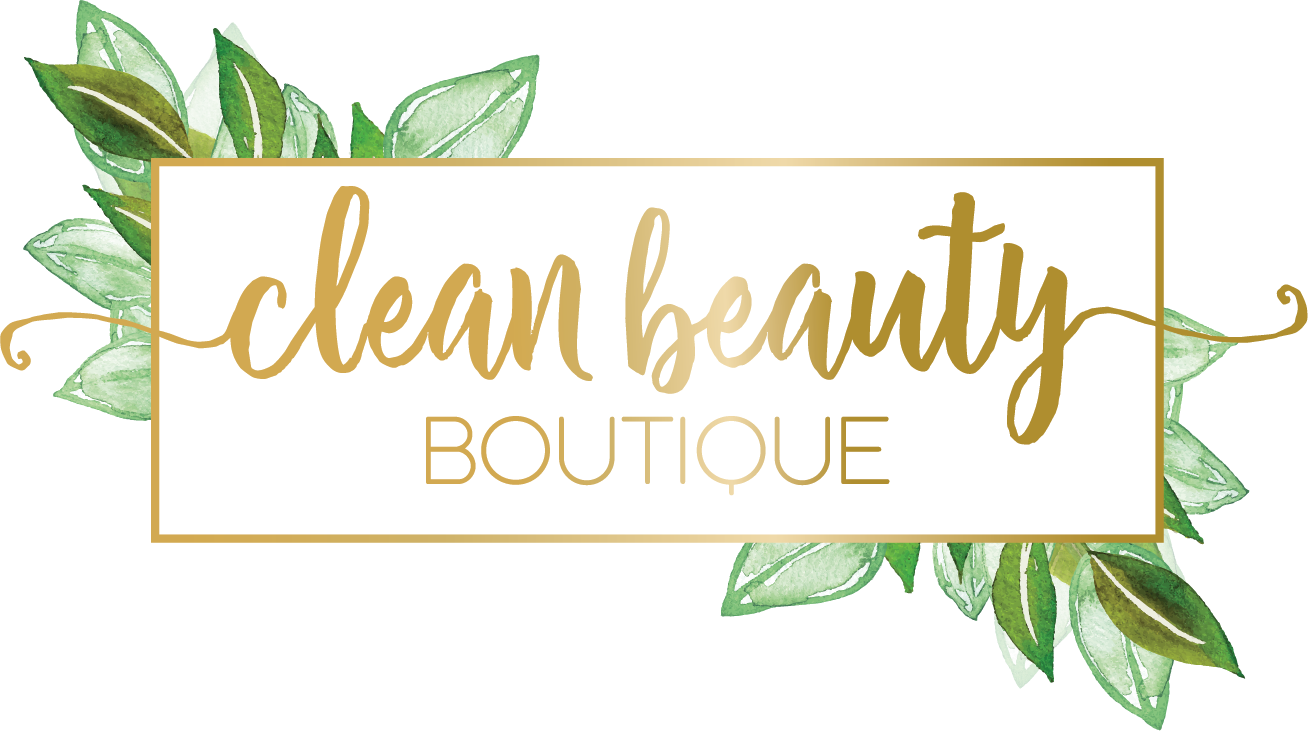Does Organic Hair Color Really Exist?
Does Organic Hair Color Exist? Why Choosing ‘Clean Color’ is Better for your Mane.
In the simplest terms possible, no. 100% organic hair color does not exist on the market today. However, there is a way to work with professional salons that choose clean color, which is the closest to organic color you could possibly get. Furthermore, 70% of women in America dye theirhair because it has become normal in society. So, why should you look towards organic hair color?
Organic hair color refers to dyes created with organic botanicals and fewer chemicals.
Organic botanicals are grown without the use of pesticides. An ‘organic hair color’ brand would have color that is formulated with the least amount of synthetic chemicals and the maximum amount of organic botanical ingredients.
All organic color has a certain amount of synthetic ingredients to work effectively, but there is an easy way to decide whether the color you are choosing is ‘clean color’. Questioning potential companies should involve questions regarding the percentages of specific ingredients used in the product. More importantly, you should know the specific amount of the following ingredients to make an informed decision:
Pigments (PPDs, PTDs, and similar)
pH adjusters (ethanolamine)
Organic ingredients (botanicals only)
Natural ingredients
Naturally derived ingredients
The less synthetic ingredients and the more organic ingredients used in the creation of the product makes it higher on the ‘organic product’ spectrum.
Why should you choose ‘clean color’ for your hair?
It is no secret that synthetic ingredients harmful to your hair and body. In fact, the fumes are proven to cause respiratory issues, breathing troubles, and allergies. So, what are the benefits of organic hair color?
First, they are the best alternative to a chemical-based hair dye. Additionally, they are the best for long-lasting results in coloring and are healthy to use.
Additional benefits of organic-based hair color include:
They are free from chemicals that may damage both your hair and scalp.
They absorb color effectively and produce long-lasting results.
They are comprised mostly of naturally derived ingredients that result in healthy and glossy hair.
Organic-based color is just a step in the right direction
When you choose an organic-based color, you are making a conscious decision to choose the healthiest option for your hair and your body.Organic hair color, just like organic-based products, is created with your body in mind—they are created to be less harsh and better for sensitive skin and hair.
But can we take ‘clean color’ a step further? Some people do! Clean ingredients are just the first step in being eco-conscious. In addition, somesalons and consumers choose to look for and work with brands that are cruelty-free and/or committed to sustainable packaging.
Why does The Clean Beauty Boutique provide ‘clean color’ to clients?
At The Clean Beauty Boutique, we are committed to researching and selecting only the cleanest products for our clients. Our products contain ethically sourced ingredients, eco-brands, and products that provide less toxic exposure.
We know that organic-based never means 100% organic, however, we put our time and effort into selecting top-of-the-line products that you can count on to be as close to pure as possible. For more information on our products, we welcome you to stop into the salon and speak with our professional staff.
The Clean Beauty Boutique chooses ‘clean color’ for clients because it utilizes fewer chemicals and relies on botanical ingredients and naturally derived ingredients. You can see results for yourself on our website and Instagram of the long-lasting color result. We take care of your hair by using products that are ethical and eco-conscious.
Set up a consultation or come view and purchase Clean Beauty Boutique hand-selected organic-based products at our location in New Lenox, IL.
